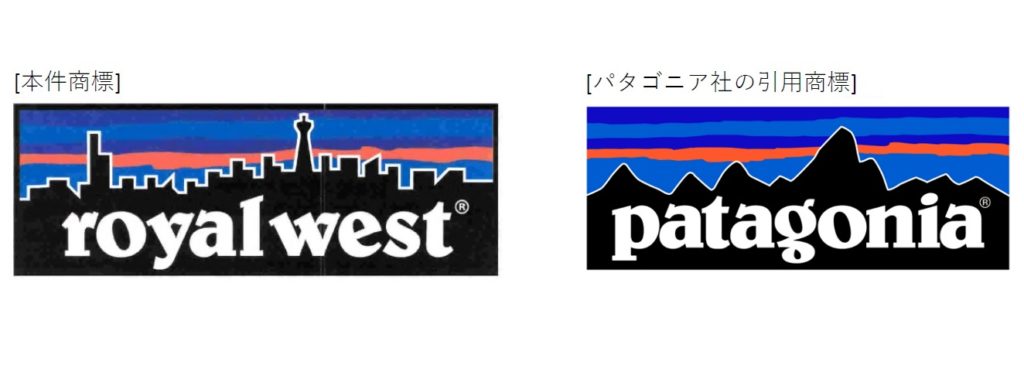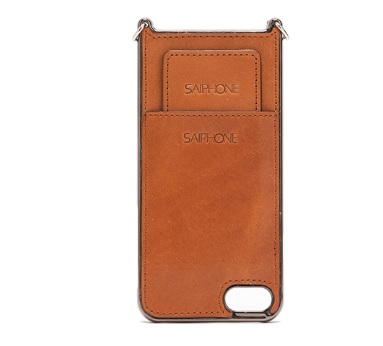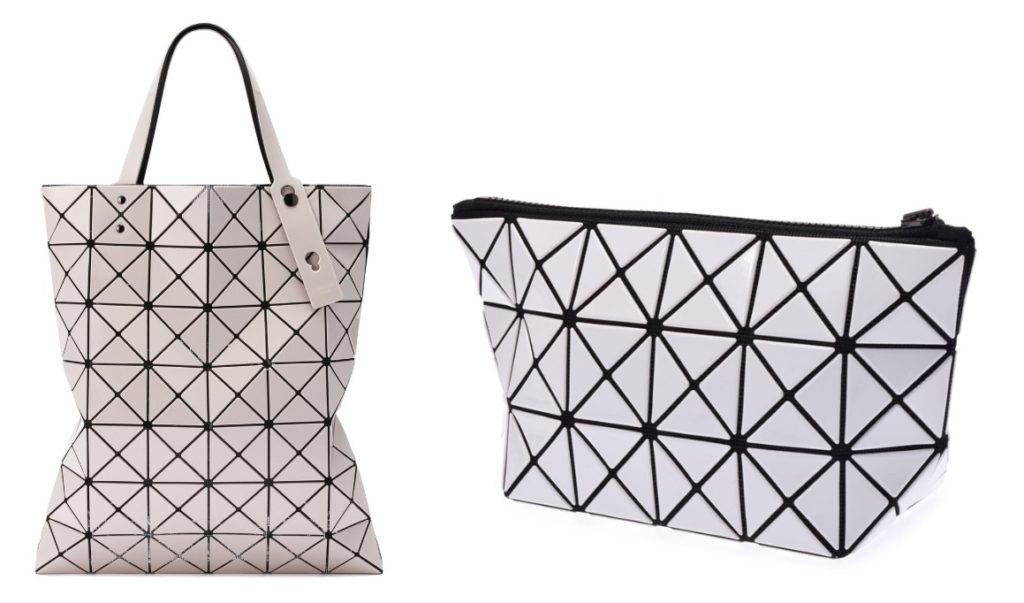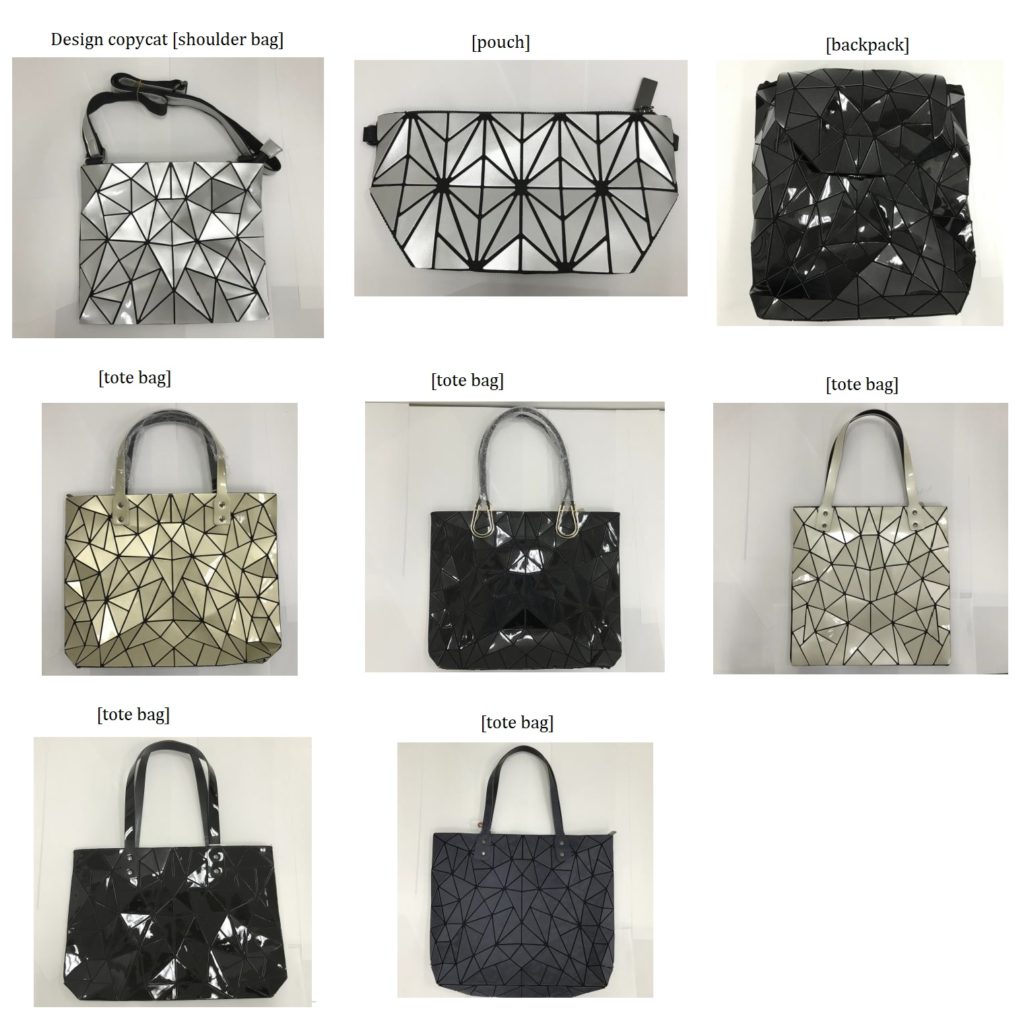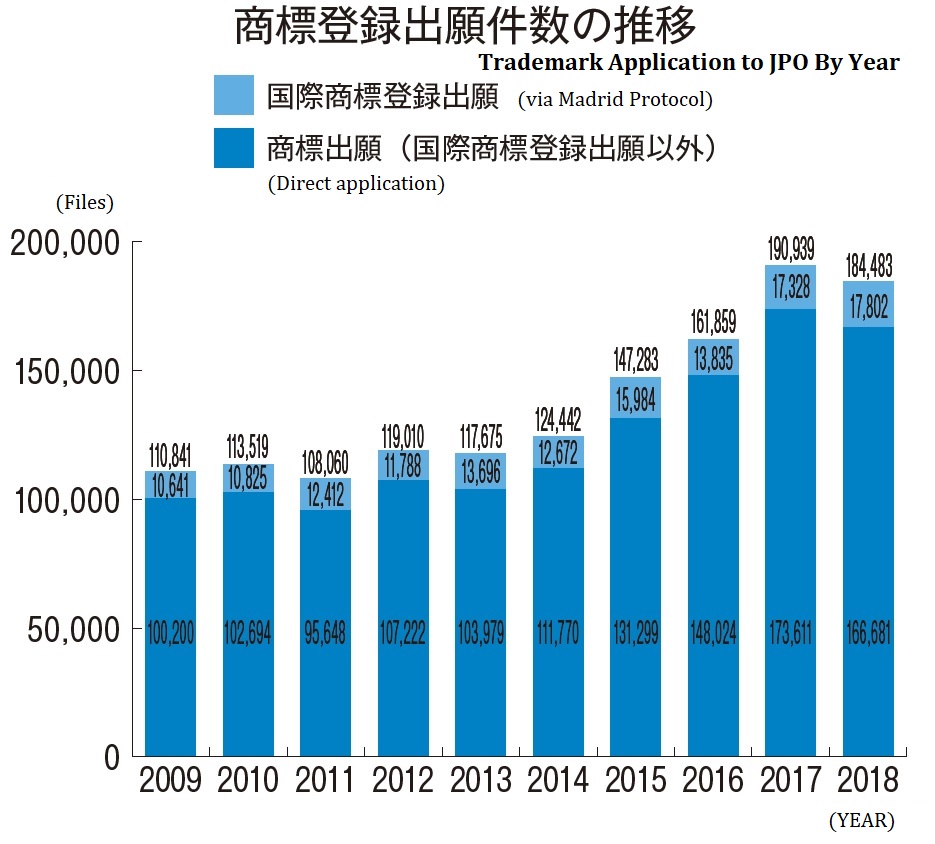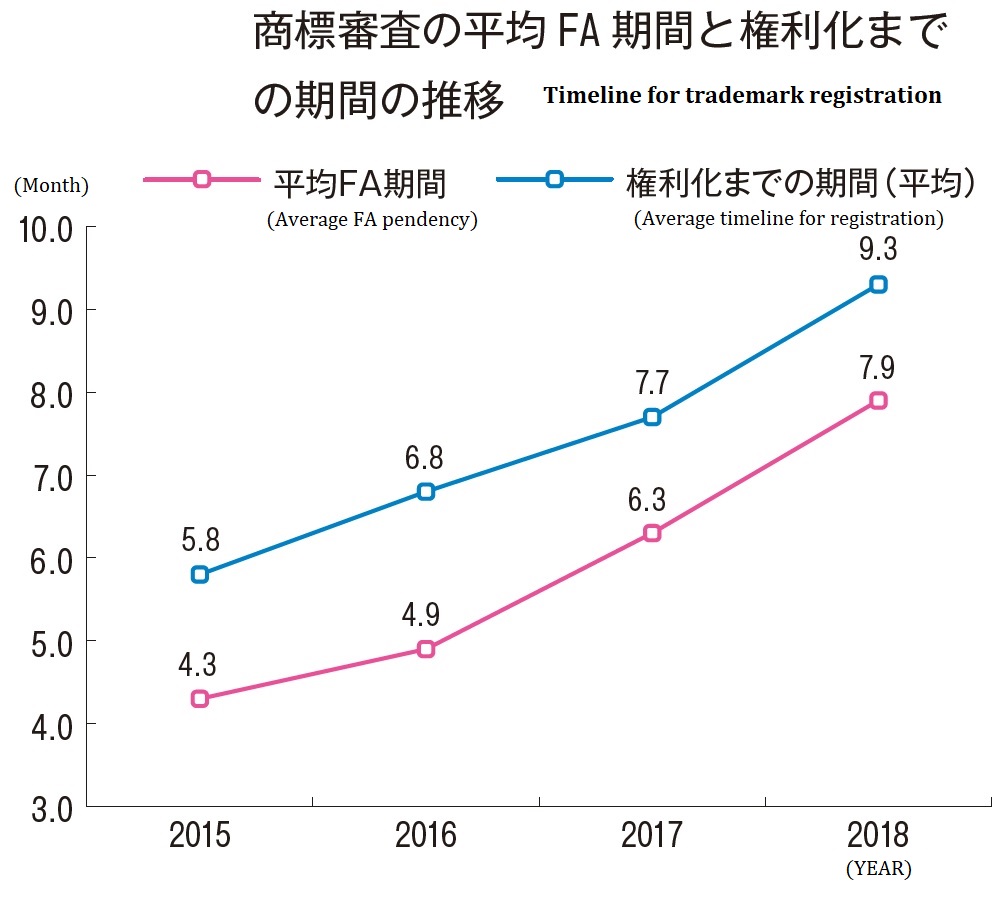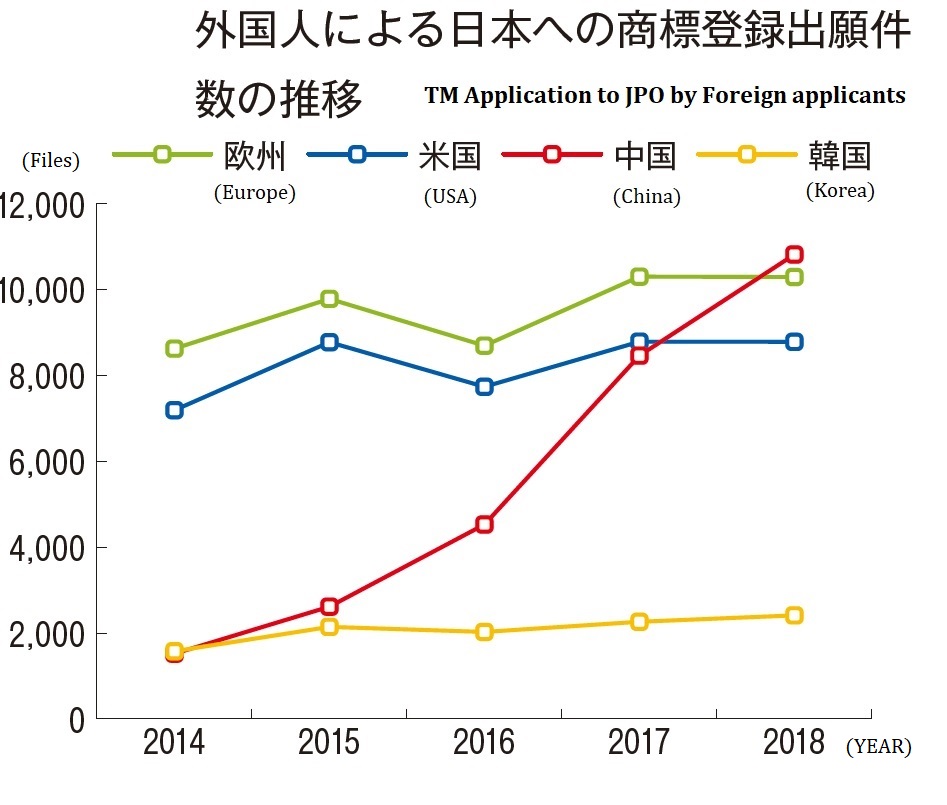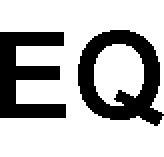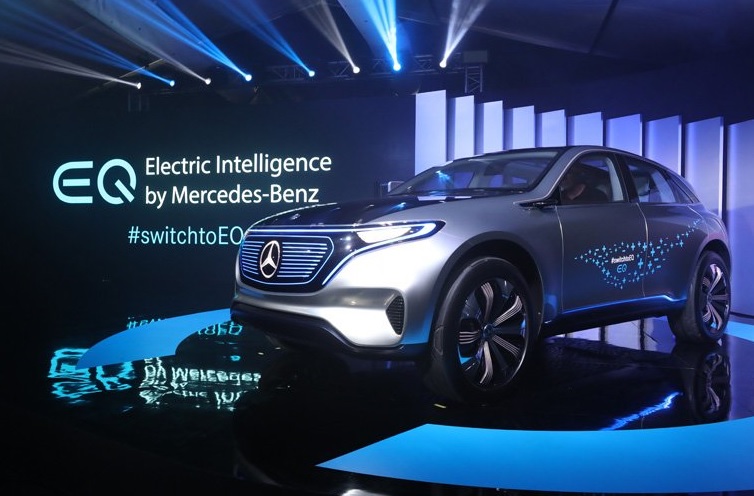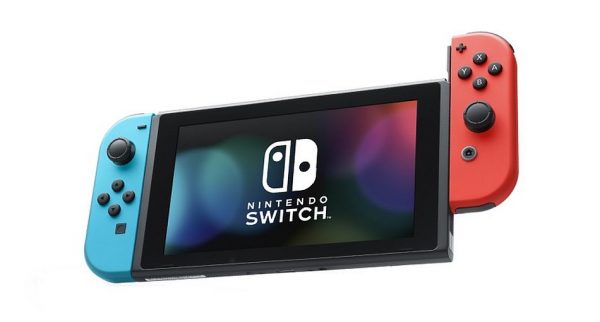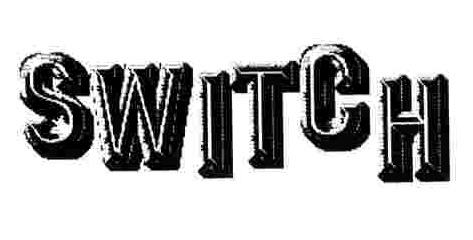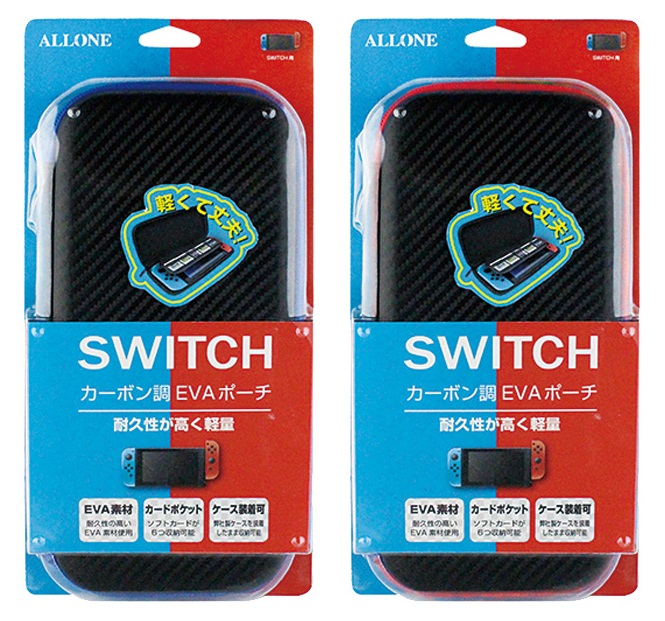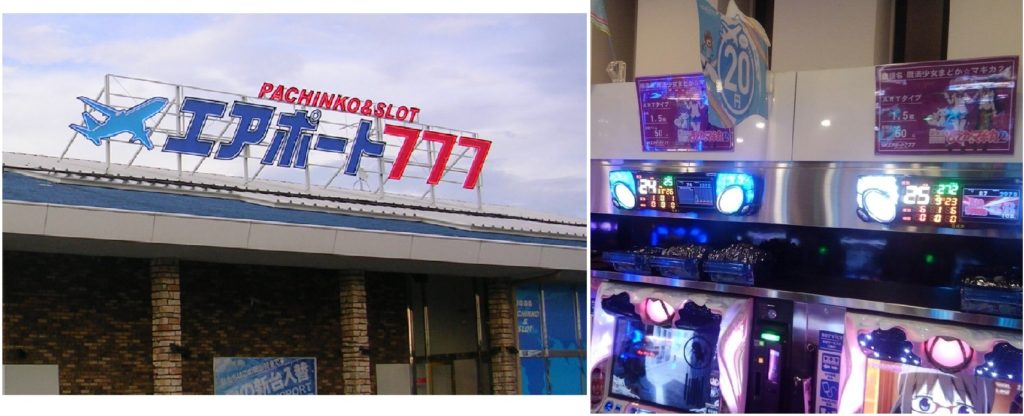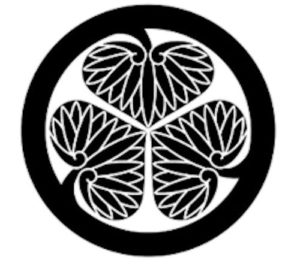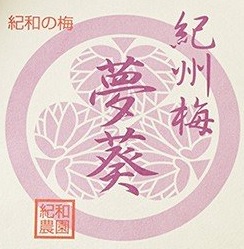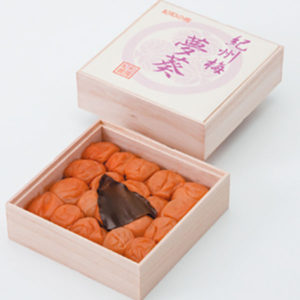The Opposition Board of Japan Patent Office (JPO) dismissed an opposition filed by a global payments technology company, Visa International Service Association (VISA) against trademark registration no. 6077944 for a word mark “V-ISA” due to unlikelihood of confusion with VISA’s famous service mark “VISA”.
[Opposition case no. 2018-900365, Gazette issued date: July 26, 2019]
Opposed mark
Opposed mark, consisting of a word mark “V-ISA” in standard character, was filed in the name of Machine Vision Lighting Inc., a Japanese company deploying in business field of lighting apparatus.
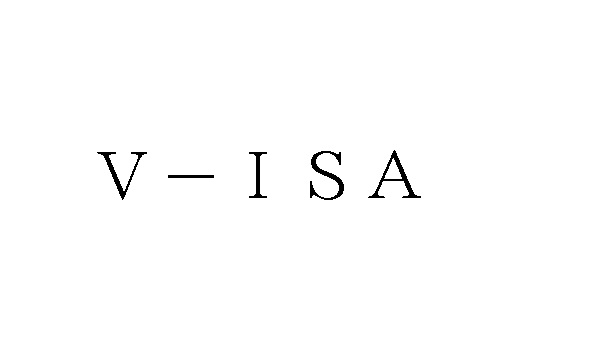
The mark was filed to JPO on November 3, 2017. Going through substantive examination, JPO admitted registration over the goods of “lighting apparatus” in class 11 and published for opposition on October 2, 2018.
Opposition by VISA
To oppose the mark, Visa International Service Association filed an opposition on December 3, 2018.
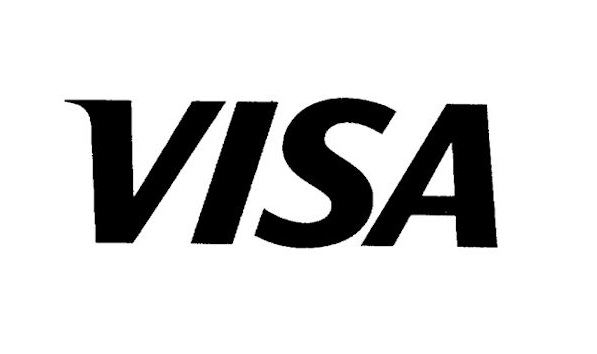
VISA argued that opponent has use the mark “VISA” since 1976 as a tradename of credit card company and unquestionably it has become famous in Japan as source indicator of opponent business. Besides, opposed mark “V-ISA” gives rise to a pronunciation ‘viː.zə’ just like with “VISA”. Therefore, both marks are identical or similar in phonetic and visual point of view. Nowadays, in the age of global e-commerce, consumers are accustomed to purchase various goods and services by means of credit card payment. Under the circumstance, opponent business gets all the more associated with a wide variety of goods or service traded via e-commerce. If so, relevant consumers and traders of lighting apparatus are likely to confuse opposed mark with famous service mark “VISA”.
Accordingly, VISA alleged that opposed mark “V-ISA” shall be retroactively cancelled in violation of Article 4(1)(xv) of the Japan Trademark Law.
Article 4(1)(xv)
Article 4(1)(xv) provides that a mark shall not be registered where it is likely to cause confusion with other business entity’s well-known goods or services, to the benefit of brand owner and users’ benefits.
Board decision
The Opposition Board did not question a remarkable degree of popularity and reputation of mark “VISA” in relation to credit card payment as a source indicator of opponent business.
In the meantime, the Board emphasized the term “VISA” is not a coined word, having its original meaning as an official mark, usually made in a passport, that allows you to enter or leave a particular country. Besides, the Board considered both marks are distinctively dissimilar by stating that:
From appearance, even if opposed mark “V-ISA” consists of the same literal elements with opponent mark “VISA”, they are visually distinguishable because of a hyphen (-).
Opposed mark just gives rise to pronunciation of ‘vui-isa’ or ‘vui-ai-esu-ei”. If so, the pronunciations are clearly dissimilar to ‘viː.zə’ of opponent mark.
Given opposed mark does not give rise to any specific meaning, both marks are not comparable in concept.
Since “lighting apparatus” in class 11 is obviously dissimilar to and less associated with opponent business, relevant consumers with an ordinary care would not conceive of opponent mark at the sight of opposed mark.
Based on the foregoing, the Board concluded that relevant consumers and traders are unlikely to confuse opposed mark with VISA or any business entity systematically or economically connected with opponent.
Thus, opposed mark shall not be cancelled based on Article 4(1)(xv), and remains valid as a status quo.

